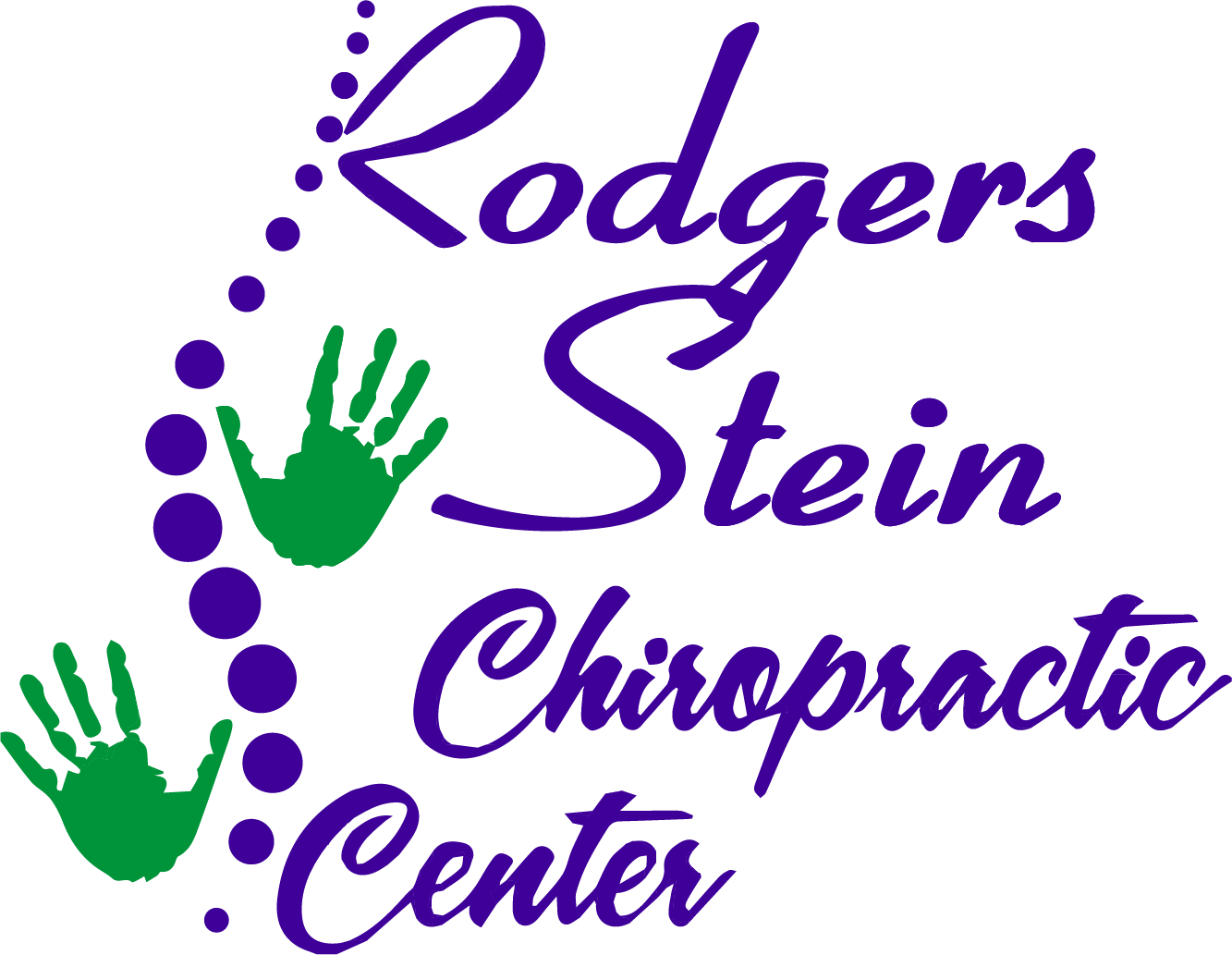You've probably experienced the limitations of conventional pain relief methods and wondered if there are more holistic options available. Alternative therapies like acupuncture, chiropractic care, and herbal remedies offer a compelling way to address pain at its source, potentially enhancing your overall well-being in the process. By exploring these therapies, you could discover how they not only alleviate discomfort but also improve your emotional and mental health. But how do you know which approach is right for you, and what should you consider when integrating these options into your routine?
Understanding Alternative Therapies
Alternative therapies encompass a range of treatments that aim to alleviate pain and promote overall well-being without relying solely on conventional medicine. You'll find these therapies include practices like acupuncture, chiropractic adjustments, herbal remedies, and mindfulness meditation. Each method offers a unique approach to addressing pain and improving your quality of life.
When you explore alternative therapies, it's important to reflect on your individual needs and preferences. Some people respond well to acupuncture, where fine needles stimulate specific points on your body, potentially relieving pain and improving energy flow. Others might prefer chiropractic care, which focuses on aligning your spine and joints to enhance overall function.
Herbal remedies, derived from plants, can also play a significant role in pain relief. For instance, turmeric and ginger are renowned for their anti-inflammatory properties. You might find these supplements helpful as part of your pain management strategy.
Additionally, mindfulness meditation can help you cultivate awareness of your body and emotions, ultimately reducing stress and enhancing your pain tolerance.
Before trying any alternative therapy, it's vital to do your research and consult with a healthcare professional. They can guide you in choosing the right treatment for your specific situation, ensuring safety and effectiveness.
Understanding these various alternative therapies empowers you to take control of your pain management journey, opening up new avenues for healing and well-being. By embracing these options, you can find a solution that resonates with you and supports your overall health.
Benefits of Natural Pain Relief
Natural pain relief offers a variety of benefits that can enhance your overall well-being. By exploring alternative therapies, you're not just addressing pain but also improving your quality of life.
Here are three key benefits you can experience when you choose natural methods for pain relief:
- Fewer Side Effects: Many pharmaceutical pain relievers come with unwanted side effects, including nausea, dizziness, or addiction. Natural therapies typically have fewer adverse effects, allowing you to manage your pain without compromising your health.
- Holistic Approach: Natural pain relief often focuses on treating the root cause of your pain rather than just masking the symptoms. This holistic approach considers your physical, emotional, and mental health, leading to more effective long-term solutions and an overall healthier lifestyle.
- Empowerment and Control: Using natural methods gives you a sense of control over your pain management. You can explore various therapies, such as herbal remedies, mindfulness practices, or physical therapies, and choose what works best for you. This empowerment can enhance your confidence in handling pain.
Acupuncture for Pain Management
Acupuncture can be a powerful tool for managing pain, and understanding its mechanism of action is key to appreciating its effectiveness.
By stimulating specific points on the body, it promotes natural healing and pain relief.
Let's explore the treatment benefits and how it can fit into your pain management plan.
Mechanism of Action
When it comes to managing pain, acupuncture offers a fascinating mechanism of action that combines ancient wisdom with modern understanding. This holistic approach taps into your body's natural healing processes through the strategic placement of needles at specific points.
Here's how it works:
- Endorphin Release: When you undergo acupuncture, your body releases endorphins, the natural painkillers. These neurotransmitters help reduce your perception of pain and create a sense of well-being.
- Nervous System Regulation: Acupuncture stimulates the nervous system, promoting the release of neurotransmitters that help modulate pain signals. This regulation can lead to reduced discomfort in both acute and chronic conditions.
- Improved Blood Circulation: The insertion of needles enhances blood flow to the targeted areas. Improved circulation not only aids in healing but also helps reduce inflammation, which is often a significant contributor to pain.
Treatment Benefits Overview
For those seeking effective pain relief, acupuncture presents a range of compelling benefits that extend beyond its traditional roots. This ancient practice not only targets pain but also promotes overall well-being.
When you undergo acupuncture, fine needles are strategically inserted into specific points on your body. This stimulates your brain to release endorphins, which are natural painkillers, helping to reduce discomfort and improve your mood.
One significant benefit of acupuncture is its ability to alleviate chronic pain conditions, such as arthritis, back pain, and migraines. Many patients report noticeable improvements after just a few sessions.
Additionally, acupuncture can reduce inflammation and enhance blood circulation, contributing to a quicker recovery from injuries.
You might also appreciate that acupuncture has minimal side effects compared to conventional pain medications. It's a natural alternative that doesn't involve pharmaceuticals, making it a safer choice for many.
Furthermore, acupuncture can complement other treatments, enhancing their effectiveness and providing a holistic approach to pain management.
Chiropractic Care Explained
Chiropractic care focuses on aligning your spine and improving your body's overall function. By addressing misalignments, or subluxations, chiropractors help restore your body's natural balance, which can lead to pain relief and enhanced mobility.
This hands-on approach not only targets back pain but can also benefit a range of other conditions.
Here are three key benefits of chiropractic care:
- Pain Relief: Many people turn to chiropractic care for relief from chronic pain, including headaches, back pain, and joint discomfort. Adjustments can alleviate pressure on nerves and improve circulation, leading to reduced pain levels.
- Improved Range of Motion: Regular chiropractic adjustments can help increase flexibility and movement in your spine and joints. This can enhance your overall physical performance, whether you're an athlete or simply looking to enjoy daily activities without discomfort.
- Enhanced Posture: Poor posture can lead to several health issues, including neck pain and fatigue. Chiropractors can assess your posture and provide corrective adjustments and exercises to help you maintain proper alignment.
Herbal Remedies and Their Uses
Herbal remedies can offer a natural way to relieve pain, and it's crucial to know which ones are most effective.
You'll want to understand how to prepare these herbs, the proper dosages, and any potential side effects.
Let's look at some common options and how to use them safely.
Common Herbal Pain Relievers
When it comes to managing pain, many people turn to nature for solutions. Herbal remedies have been used for centuries and can offer effective relief without the side effects of conventional medications.
Here are three common herbal pain relievers you might consider:
- Willow Bark: Often called "nature's aspirin," willow bark contains salicin, which has anti-inflammatory properties. It's particularly useful for headaches and lower back pain.
- Turmeric: This vibrant yellow spice contains curcumin, a compound known for its powerful anti-inflammatory effects. It can help reduce pain associated with arthritis and muscle soreness.
- Ginger: Known for its digestive benefits, ginger also has analgesic properties. It's effective for menstrual pain and can help alleviate headaches.
These herbal options can be a great addition to your pain management routine.
However, it's important to consult with a healthcare professional before starting any new treatment.
Explore these natural alternatives, and you might find the relief you've been searching for. Remember, nature has a lot to offer when it comes to pain management!
Preparation and Dosage Guidelines
Understanding how to prepare and dose herbal remedies is key to maximizing their effectiveness and ensuring safety.
First, you'll want to decide on the form of the herbal remedy—teas, tinctures, capsules, or extracts are common choices. Each form has its own preparation method. For instance, to make a tea, steep 1-2 teaspoons of dried herbs in hot water for about 10-15 minutes.
When it comes to dosage, start low and go slow. For most herbal remedies, a common guideline is to take 1-2 grams of dried herb per day. If you're using tinctures, aim for about 20-30 drops, two to three times daily.
Always check specific recommendations for each herb, as dosages can vary greatly based on the plant and your individual needs.
It's also essential to maintain consistency. Taking your herbal remedy at the same time each day can help establish a routine and improve your results.
Finally, keep track of your responses and adjust your dosage as necessary. By following these guidelines, you can better harness the natural healing powers of herbal remedies effectively and safely.
Safety and Side Effects
Steering through the world of herbal remedies requires a keen awareness of safety and potential side effects. While these natural alternatives can provide relief, they're not without risks. You'll want to stay informed to make safe choices.
Here are three key considerations when using herbal remedies:
- Interactions: Herbal supplements can interact with prescription medications, altering their effectiveness or causing unwanted side effects. Always consult your healthcare provider before starting any new remedy.
- Quality and Purity: Not all herbal products are created equal. Choose high-quality supplements from reputable sources to avoid contaminants or inaccurate dosages. Look for third-party testing certifications.
- Individual Reactions: Everyone's body reacts differently. What works for one person mightn't work for you, or it could even cause adverse effects. Start with small doses to gauge your body's reaction.
The Role of Mindfulness
Mindfulness plays an essential role in managing pain by shifting your focus and enhancing your awareness of the present moment. When you practice mindfulness, you learn to observe your thoughts, feelings, and bodily sensations without judgment. This awareness helps reduce the emotional intensity associated with pain. Instead of getting caught up in negative thoughts about your discomfort, you can acknowledge it and let it pass without letting it control you.
By incorporating mindfulness techniques into your daily routine, you can cultivate a sense of calm and resilience. Simple practices like deep breathing, meditation, or even mindful walking can ground you in the present. When you focus on your breath, for instance, you distract yourself from pain signals and create a space where you can feel more in control. This shift can lead to reduced anxiety and a greater sense of well-being.
Moreover, mindfulness encourages self-compassion. You'll learn to treat yourself with kindness during painful moments, rather than criticizing or feeling frustrated. This compassionate approach can change your relationship with pain, allowing you to respond to it with patience rather than fear.
Ultimately, practicing mindfulness isn't about eliminating pain; it's about changing how you relate to it. By embracing the present moment and your experiences within it, you can find greater ease and acceptance, making it a valuable tool in your natural pain relief toolkit.
Massage Therapy Techniques
After cultivating mindfulness, you might find that incorporating massage therapy techniques can further enhance your pain relief journey.
Massage therapy not only promotes relaxation but also helps alleviate muscle tension, reduce stress, and improve circulation. Here are three effective techniques you can try:
- Swedish Massage: This technique uses long, flowing strokes along with kneading and circular movements. It's great for overall relaxation and can help ease chronic pain by promoting blood flow and flexibility.
- Deep Tissue Massage: If you're dealing with specific muscle knots or chronic pain, deep tissue massage targets deeper layers of muscle and connective tissue. The pressure applied can break down adhesions and improve range of motion.
- Trigger Point Therapy: This technique focuses on tight areas within muscle tissue that refer pain to other parts of the body. By applying direct pressure to these trigger points, you can relieve discomfort and promote healing in the affected areas.
Incorporating these techniques into your routine can provide significant relief.
Whether you choose to visit a professional therapist or practice self-massage techniques at home, listening to your body is key. Pay attention to what feels good and adjust the pressure accordingly.
Physical Therapy Approaches
When it comes to managing pain, physical therapy approaches can make a significant difference.
You'll find that manual therapy techniques can help alleviate discomfort while exercise rehabilitation programs strengthen your body and improve mobility.
Exploring these methods can empower you to take control of your pain relief journey.
Manual Therapy Techniques
Manual therapy techniques are essential tools in physical therapy, designed to alleviate pain and improve mobility.
These hands-on approaches can effectively address various musculoskeletal issues, helping you regain function and comfort.
Here are three popular manual therapy techniques you might encounter during your sessions:
1. Massage Therapy: This technique involves manipulating the soft tissues to reduce tension and enhance circulation.
It can help relieve stress and promote relaxation, making it an excellent choice for pain management.
2. Joint Mobilization: This approach targets specific joints to improve their range of motion.
By gently moving the joint within its natural limits, you can alleviate stiffness and restore function.
3. Myofascial Release: Focusing on the fascia, this technique aims to relieve pain by releasing tightness in the connective tissue.
It can be particularly beneficial for chronic pain conditions.
Incorporating these manual therapy techniques into your treatment plan can provide immediate relief and promote long-term healing.
Always consult with your physical therapist to determine the best approach tailored to your needs.
Embrace the potential of these techniques to reveal a more pain-free life!
Exercise Rehabilitation Programs
Exercise rehabilitation programs play an essential role in physical therapy by helping you regain strength, flexibility, and functionality after injury or surgery.
These tailored programs focus on specific exercises designed to address your unique needs and goals. By participating in a structured regimen, you not only improve your physical capabilities but also enhance your overall well-being.
You'll work closely with a physical therapist who'll guide you through a variety of exercises that promote healing and prevent further injury. This may include stretching, strengthening, and balance exercises that gradually challenge your body.
As you progress, your therapist will adjust the program to guarantee you're continually challenged without overexerting yourself.
Consistency is key to maximizing the benefits of your exercise rehabilitation program. By committing to regular sessions, you'll notice improvements in your range of motion, muscle strength, and pain levels.
Additionally, incorporating physical activity into your daily routine can boost your mood and energy levels, making it an essential aspect of your recovery journey.
Nutritional Support for Pain Relief
Many people overlook the powerful role nutrition plays in managing pain. You mightn't realize that what you eat can either exacerbate or alleviate your discomfort. By incorporating certain nutrients into your diet, you can support your body in its healing process and potentially reduce pain levels.
Here are three key nutritional components to take into account:
- Omega-3 Fatty Acids: Found in fatty fish like salmon and walnuts, omega-3s can help reduce inflammation in the body. Lower inflammation often correlates with decreased pain, especially for conditions like arthritis.
- Antioxidants: Foods rich in antioxidants, such as berries, spinach, and nuts, combat free radicals that can contribute to pain and inflammation. Vitamins C and E, in particular, are powerful antioxidants that can support your body's healing processes.
- Magnesium: This essential mineral plays a significant role in muscle function and nerve transmission. Foods like leafy greens, seeds, and whole grains are excellent sources of magnesium. Ensuring adequate magnesium intake can help alleviate muscle cramps and tension, which often contribute to chronic pain.
Combining Therapies for Best Results
When it comes to managing pain, combining different therapies can be a game-changer. You might find that integrating various approaches not only enhances effectiveness but also provides a more holistic solution to your pain management.
For instance, pairing acupuncture with physical therapy can optimize your recovery process. While acupuncture addresses pain by stimulating specific points, physical therapy improves mobility and strengthens the muscles around the affected area.
Don't stop there; consider adding mindfulness practices like yoga or meditation to your routine. These techniques can reduce stress and help you develop a greater awareness of your body, which can be incredibly helpful in managing chronic pain.
When you combine these therapies, you create a thorough approach that targets both the physical and emotional aspects of pain.
It's important to communicate with your healthcare provider about your plans to combine therapies. They can guide you on the best combinations suitable for your specific condition.
Tracking your progress is equally essential. Keep a journal of your pain levels and any changes you notice. This way, you can identify which combinations work best for you.
Conclusion
Incorporating alternative therapies into your pain management routine can lead to lasting relief and improved overall well-being. By exploring options like acupuncture, chiropractic care, and herbal remedies, you can address the root causes of discomfort while enhancing your emotional health. Remember to collaborate with your healthcare provider to guarantee a safe and effective approach. Embrace these natural solutions, and take charge of your health journey—your body will thank you for it!



